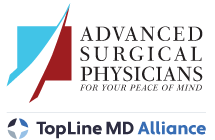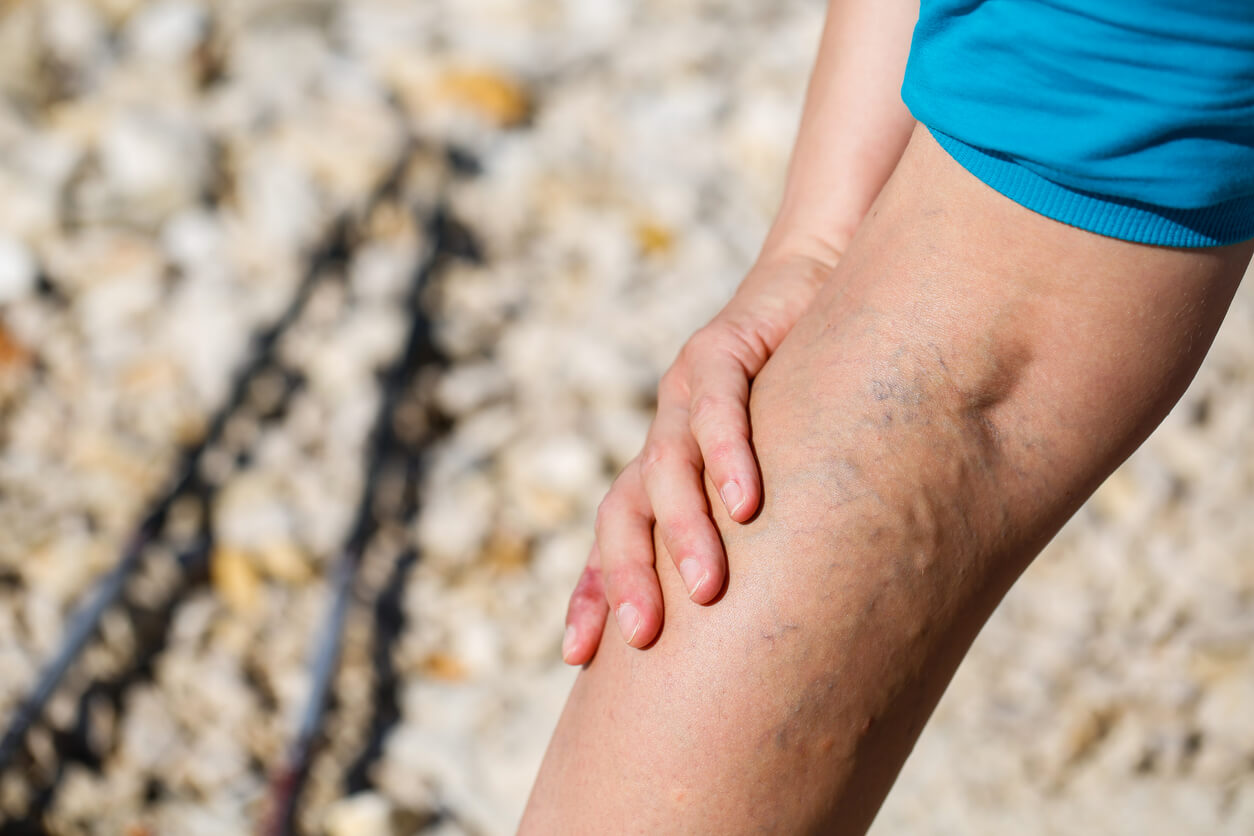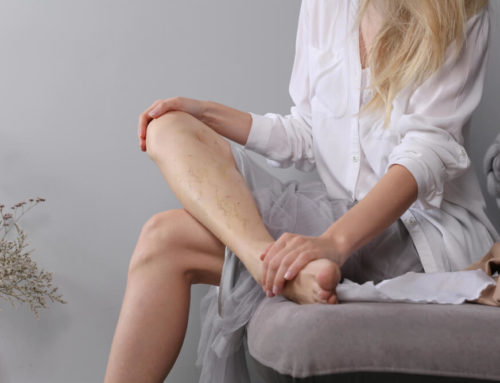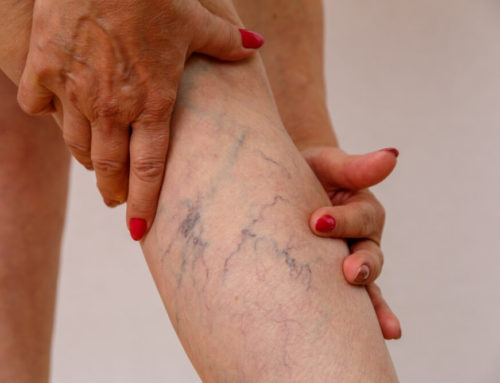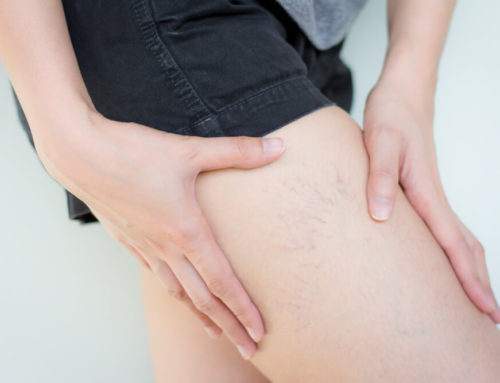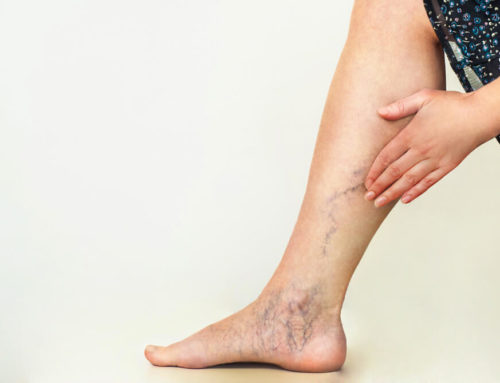More than 30% percent of adults in the U.S. suffer from varicose veins once or several times throughout their lives. There are several options for varicose veins treatment that professionals have developed. The method of treatment usually depends on the cause and severity of the varicose veins.
In most instances, varicose veins occur in people who have a genetic predisposition for the condition. Some cases of varicose veins are pretty harmless. However, when you notice bulging and twisted veins, you should not just ignore them as a simple cosmetic concern. If they are left untreated, they can cause severe health problems. In this article, we look at preventing varicose veins and the best treatment for varicose veins without surgery.
What Causes Varicose Veins?
Up to today, scientists do not fully understand the exact cause of varicose veins. However, scientists have suspected that they occur in people who have a genetic makeup that leads to weak vein valves. Apart from that, there are also suspicions that there is a hormonal aspect to varicose veins. The hormonal part is why the condition is quite common in women.
Other conditions that lead to a higher occurrence of varicose veins include puberty, pregnancy, and menopause. Doctors have also noted that women who take estrogen, progesterone, and birth control medication seem to develop them more than those who don’t. This is probably because these drugs weaken vein valves and change blood circulation patterns in the legs.
When women are pregnant, there is an increase in the amount of circulating blood. As a result, there is a greater tendency for veins to bulge. Also, when the pregnant woman sits down, her uterus goes on top of her thighs, and it becomes difficult for blood to go back to the heart.
However, it is essential to note that the varicose veins that develop when a woman is pregnant usually go away on their own after about three months though they may pop up again when she gets pregnant again. Other conditions that lead to a high incidence of varicose veins are aging, obesity, and standing for long periods. Knowing these causes helps to understand how to prevent varicose veins.
When to Seek Treatment

Veins face the great challenge of sending blood back to the heart while working against the pull of gravity. When they fail to do this, a condition known as venous reflux disease can occur. This is when blood starts flowing in the opposite direction due to the failure of the one-way valves in the veins. Once that happens, blood will begin polling in the extremities causing pain, pruritus, inflammation, cramps, and skin discoloration.
Other severe conditions can result from venous reflux. These include chronic swelling and ulceration. You must note that sometimes this condition might not show any outward signs. If your doctor suspects this condition, they will do some tests and carry out the best treatment for varicose veins.
Diagnosis of Varicose Veins
It is important to seek treatment from a doctor specializing in dealing with the body’s circulatory system. Medical professionals who understand these conditions well include vascular surgeons and interventional radiologists. The process of diagnosing varicose veins involves:
- Studying a patient’s medical history
- Doing a physical exam
- Other exams, like ultrasound and X-Ray
The latter is used to evaluate the veins under the surface of the skin. When the doctor makes the proper diagnosis, the next step is to find the best treatment for varicose veins.
Varicose Veins Treatment Without Surgery
Sclerotherapy.
Sclerotherapy is a form of varicose veins treatment that involves injecting varicose veins with a solution or foam that closes the building veins. Once carried out, this treatment helps the varicose veins. They will usually disappear in a few weeks.
This procedure is quite effective when done correctly. You might, however, need to go for several injections for the veins to vanish completely. This procedure does not require anesthesia, and your doctor can carry it out even in their office.
Foam Sclerotherapy for Larger Veins.
This is the same as the previous method. The difference is that doctors use this approach for more prominent veins instead of small to medium-sized ones. It also involves injecting a varicose vein with a solution that causes it to close and seal off.
Laser treatment.
Laser treatment is a new technology used by doctors to close small varicose veins. With laser therapy, the doctor uses a piece of equipment that sends intense bursts of light towards the vein. After a while, the vein will fade and disappear.
Self-Care Tips to Help With Varicose Veins
There are self-care tips that you can use to alleviate varicose veins. These include exercise, weight loss, and avoiding tight clothes. Elevating your legs and avoiding long periods of standing or sitting also helps. These practices and tips can help to ease pain and prevent varicose veins from getting worse.
Compression stockings
By wearing compression stockings, you will squeeze your legs, and this helps veins and muscles in the limbs push blood up to the heart more efficiently. There are various types of compression stockings, and their compression capability varies with the brand of stockings. You must try wearing compression stockings before moving on to more advanced treatment options.
Exercise More Frequently
When you are suffering from varicose veins, frequent exercise is a good idea. Even if you don’t go to the gym, you can walk whenever you get some time. Moving your body will encourage blood to flow more efficiently in the legs. Before you engage in any exercises, please consult your doctor to find out which exercise would be best for you.
How to Prevent Varicose Veins

To prevent varicose veins from occurring, you must make sure you live a healthy life that does not increase your chances of getting the condition.
Be Mindful of Your Weight and Diet
It is vital to watch your weight and what you eat if you want to prevent varicose veins. Excessive weight can put some unnecessary pressure on your veins which increases the chances of developing varicose veins. Also, you can try and follow a low-salt diet so that you don’t end up with too much water in the body and legs.
Watch What You Wear.
If you have developed varicose veins before, you must try and avoid wearing high heels. Wearing low-heeled shoes enables you to work your calf muscles more, and this dramatically benefits your veins. You must also avoid wearing tight clothes around your waist, legs, or groin as they can limit your blood flow.
Lie Down With Your Legs Elevated
Sitting or sleeping with your legs elevated improves circulation in the legs. You can do this during your short breaks at work or at the end of the day when you get home. Make sure that you will elevate your legs above the level of your heart. For instance, you can lie on the bed with three pillows under your legs and only one or none under your head.
Conclusion
It’s crucial to ensure that your lifestyle does not encourage the occurrence of varicose veins. Have you or your loved ones developed varicose veins before? If you are struggling with them right now and need help, don’t hesitate to contact us. We have helped a lot of people get rid of varicose veins over many years. Feel free to share this article with your friends on social media to increase awareness about varicose veins and their treatment.
https://www.ncbi.nlm.nih.gov/books/NBK470194/
https://www.womenshealth.gov/a-z-topics/varicose-veins-and-spider-veins
https://www.betterhealth.vic.gov.au/health/conditionsandtreatments/varicose-veins-and-spider-veins

